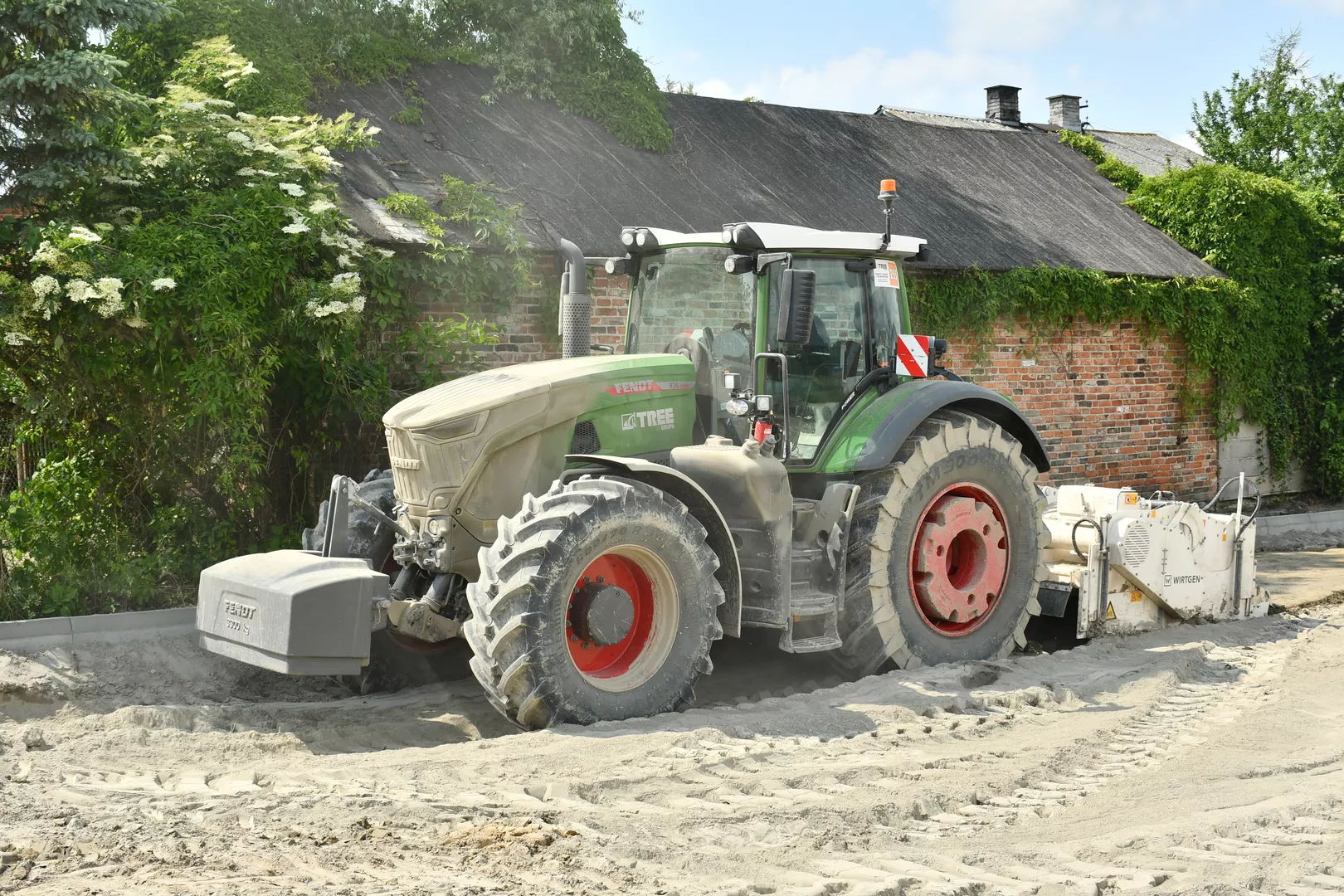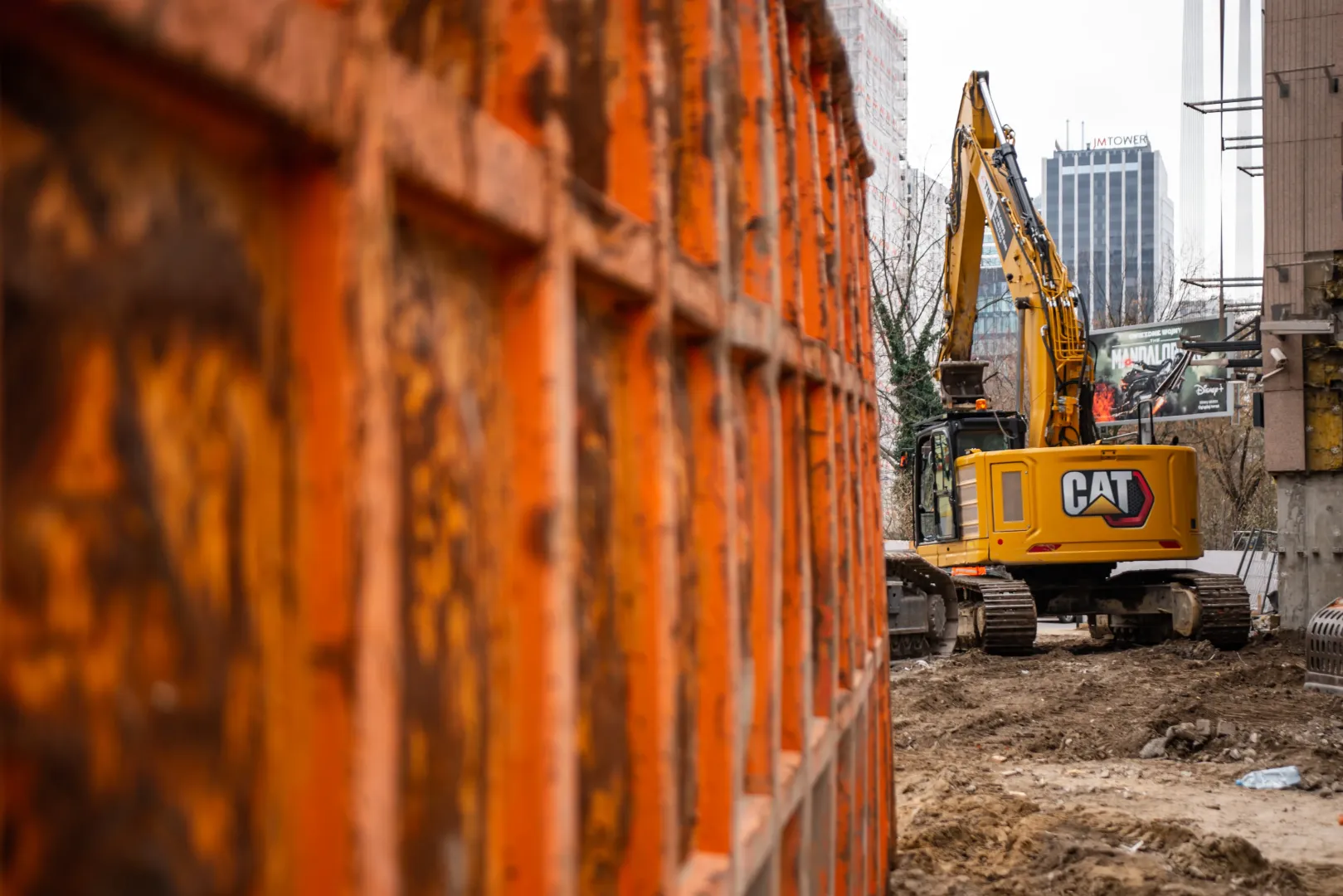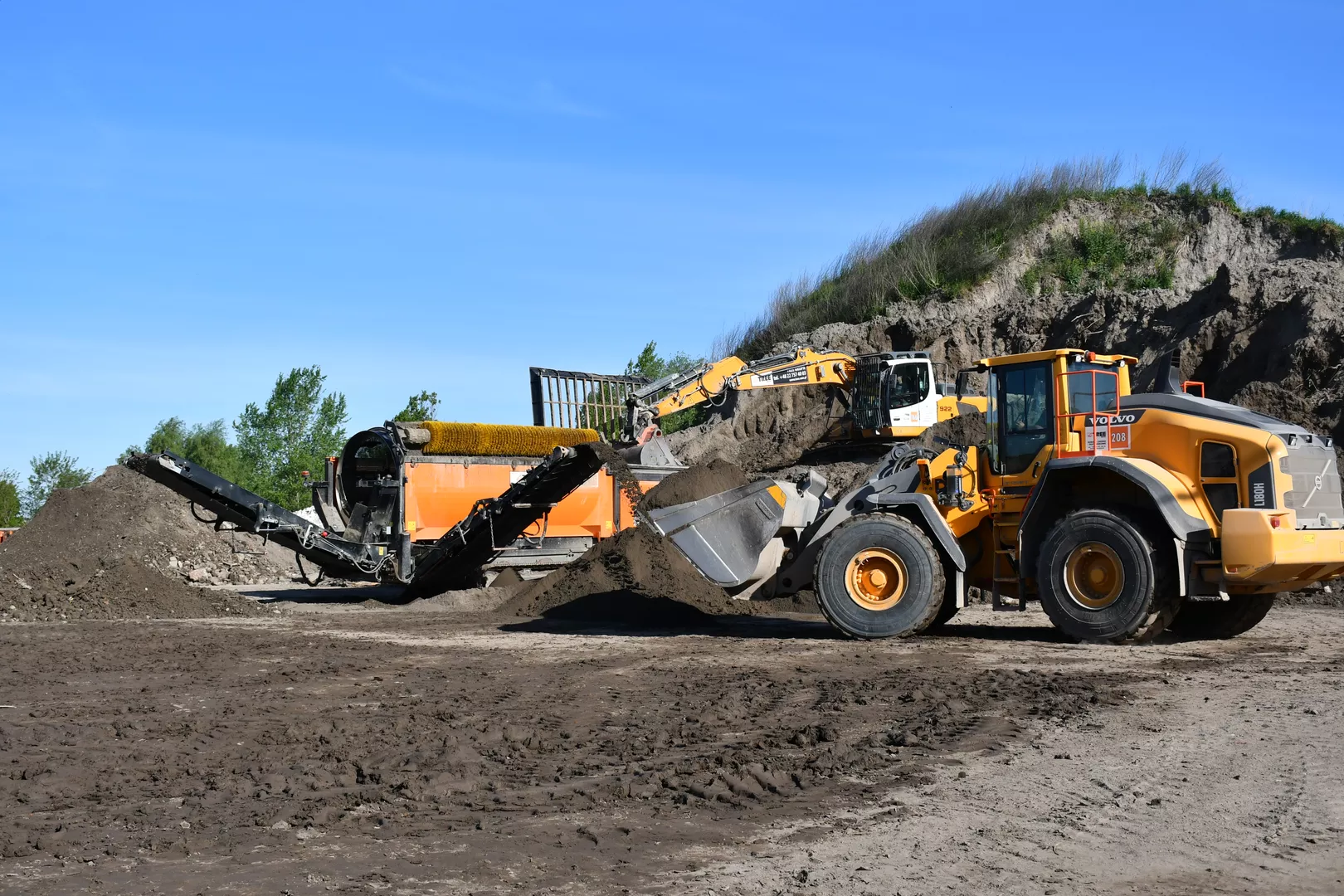
Linear excavations for underground installations - sewage, water supply, gas in Warsaw area
Professional guide on excavating for utility networks, considering network operators' requirements in Warsaw and surrounding areas, with safe working methods.
Linear excavations for underground installations - sewage, water supply, gas in Warsaw area
Introduction - specifics of work in the Warsaw region
Execution of linear excavations for underground installations in Warsaw and surrounding areas requires special attention to the dense network of existing installations and specific geological conditions of the Mazovian region. In 2025, new safety standards and procedures for cooperation with network operators are in effect.
Preparation for work - documentation and permits
Notifications to network operators in Warsaw:
- MPWiK (Municipal Water Supply and Sewerage Company) - water and sewage networks
- PGNiG and Polish Gas Company - gas installations
- Innogy Stoen Operator - power networks
- Orange, UPC, Plus - telecommunications networks
Required documents (current for 2025):
- Base map with marked installations
- Technical design of earthworks
- Agreements with network operators (valid for 12 months)
- Work notification to Warsaw District Office
Site investigation and installation location
Underground installation detection methods:
- Cable and pipe detectors - locating metal and plastic installations
- Ground penetrating radar (GPR) - precise mapping of depth and network routes
- Trial excavations (test pits) - verification of actual installation positions
Typical installation depths in Warsaw:
- Sanitary sewerage: 1.5-3.0 m
- Water supply: 1.2-2.5 m
- Low-pressure gas: 0.8-1.5 m
- Medium-pressure gas: min. 1.0 m
- Low-voltage power cables: 0.7-1.2 m
Linear excavation execution technology
Excavations in Warsaw urban development:
1. Traditional (mechanical) method
- Tracked excavator 14-20 tons with narrow bucket
- Excavation width: pipe diameter + 0.8 m (min. 0.7 m for pipes DN ≤ 300)
- Slopes 1:1 for cohesive soils, 1:1.5 for granular soils
2. Trenchless method
- Horizontal directional drilling (HDD) - for lengths > 50 m
- Pneumatic piercing - pipes DN 100-400, length up to 30 m
- Microtunneling - for large diameters DN > 800
Safety of work near existing installations
Gas installation protection zones (according to 2025 regulation):
- Low-pressure gas: 1.0 m from pipeline axis
- Medium-pressure gas: 2.0 m from pipeline axis
- High-pressure gas: 3.0-8.0 m (depending on pressure)
Safety procedures:
- Manual excavation in the 1.0 m zone from installations
- Presence of operator representative during work in protection zone
- Gas detector - mandatory during work near gas networks
- Protection of exposed installations - suspension, support
Linear excavation dewatering
Dewatering systems characteristic for Warsaw:
Gravity dewatering:
- Bottom slope execution min. 0.5%
- Collection wells every 50-100 m
- Discharge to storm sewerage (with MPWiK consent)
Forced dewatering:
- Submersible pumps 2-4 kW for excavations up to 3 m
- Wellpoint installation for water level > 1.5 m below bottom
- Monitoring of water table lowering in adjacent buildings
Excavation wall protection
Support systems in dense development:
1. Hydraulic struts
- Excavations width 0.8-2.0 m
- Depth up to 4.0 m
- Installation every 1.5-2.0 m of excavation length
2. Steel element sheet piling
- Larsen profile type IV or V
- Length 6-12 m depending on depth
- Bracing with steel pipes or HEB beams
3. Reinforced concrete sheet piling
- Prefabricated elements 2.5-3.0 m
- Ground anchoring with micropiles
- Joint sealing with PUR foam
Installation laying and backfilling
Backfill layers for different installations:
Sewerage:
- Bedding: coarse sand th. 10-15 cm
- Surround: fine sand up to 30 cm above pipe top
- Backfill: native soil or crushed aggregate
Water supply:
- Bedding: sand with slag th. 15 cm
- Surround: fine sand up to 50 cm above pipe
- Protection layer: geotextile + warning tape
Gas:
- Bedding: sand without organic admixtures th. 10 cm
- Surround: quartz sand up to 30 cm above pipe
- Warning tape at 50 cm depth from surface
Surface restoration
Standards for different surface types in Warsaw:
Asphalt roads:
- Crushed aggregate 0-31.5 mm - base course
- Asphalt emulsion - tack coat
- Asphalt concrete AC16 - binder course 6 cm
- Asphalt concrete AC11 - wearing course 4 cm
Sidewalks and pedestrian areas:
- Cement-stabilized sand - subbase
- Concrete pavers or sidewalk slabs
- Concrete curbs 15x30 cm on concrete foundation
Quality control and acceptance
Required tests and measurements:
- Network leveling - deviation ± 1 cm from design
- Installation tightness - pressure test
- Backfill - compaction control every 30 cm layer
- As-built documentation - geodetic inventory
Acceptance procedure:
- Acceptance by investor supervision
- Protocol with network operator
- Notification for use to appropriate office
- Entry in utility network registry
Costs and work schedule
Approximate execution costs (2025 prices):
- Traditional excavation in cat. I-III soil: 25-45 PLN/linear meter
- Horizontal directional drilling DN 200: 280-350 PLN/linear meter
- Asphalt surface restoration: 120-180 PLN/m²
- Paver sidewalk restoration: 80-120 PLN/m²
Typical schedule for 100 m excavations:
- Documentation preparation: 2-3 weeks
- Operator agreements: 3-4 weeks
- Earthworks execution: 5-7 working days
- Installation laying: 2-3 days
- Backfilling and surface restoration: 3-4 days
Common problems and solutions
Problem: High groundwater level Solution: Use of wellpoints or well-point systems 2-3 days before excavation start.
Problem: Collision with unregistered installation Solution: Immediate operator notification, site protection, photographic documentation.
Problem: Adjacent building settlement Solution: Geodetic monitoring, possible compensation injections, consultation with building expert.
Summary
Linear excavation execution in Warsaw requires careful planning, safety procedure compliance, and close cooperation with network operators. Proper site investigation, appropriate technology selection, and quality standards maintenance according to latest 2025 requirements are crucial.
Professional approach to earthworks for underground installations guarantees safe execution, solution durability, and minimizes impact on city functioning and resident comfort.
Tags
Share this guide
About the author
Inż. Marcin Kowalski
Earthworks specialist
Category
Earthworks
Reading time
8 minutes
Publication date
May 22, 2025
Similar guides

Starting and Shutting Down Liebherr Machines - Operator's Guide
Comprehensive instruction guide for Liebherr machine operators, presenting correct procedures for starting and shutting ...

How to Prepare Land for Single-Family House Construction Around Warsaw - Comprehensive Guide
A practical guide covering all stages of land preparation for house construction in Mazovian Voivodeship, taking into ac...